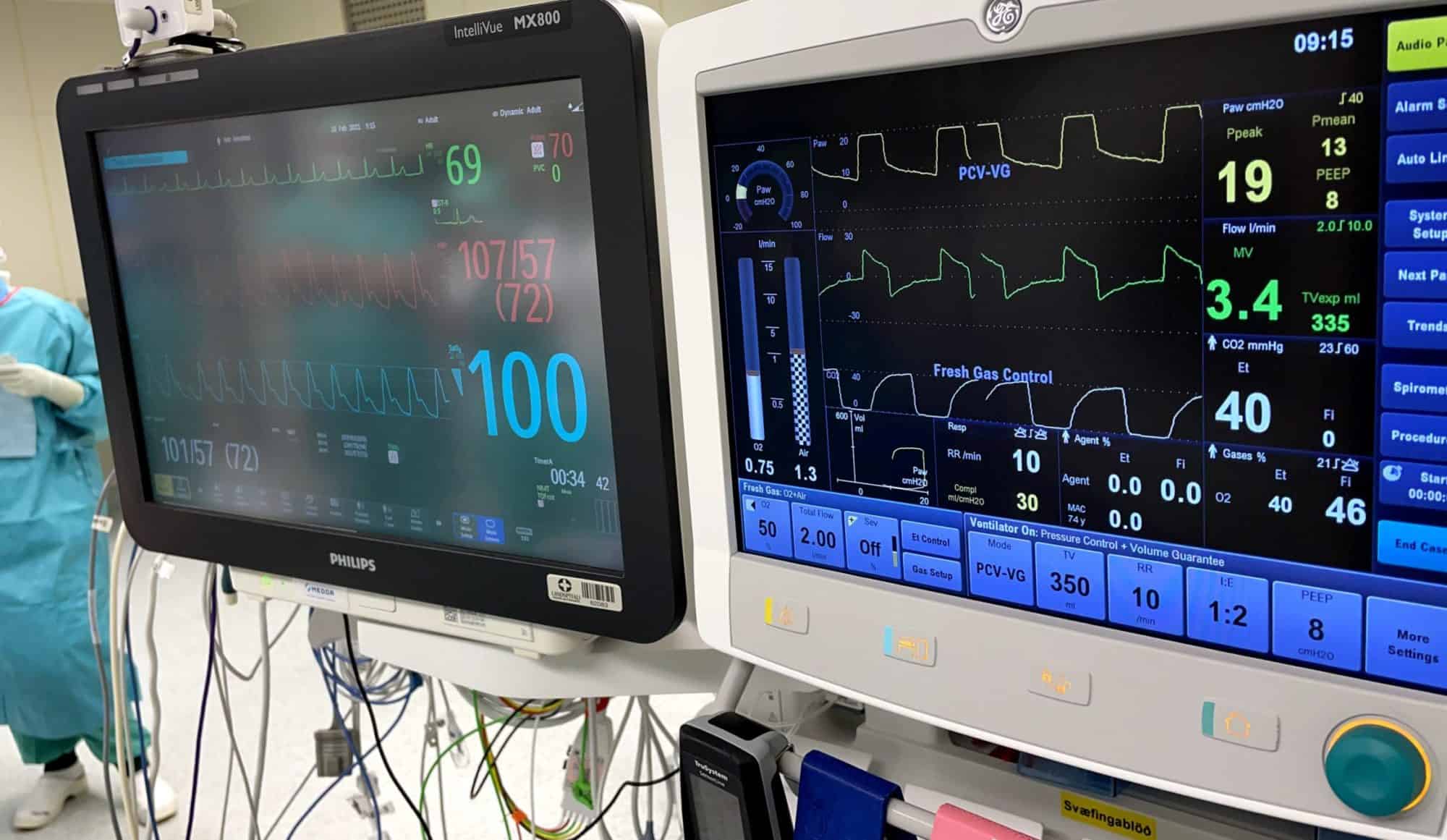Sedation – Core Learning Outcomes
Learning outcomes:
* To gain a fundamental understanding of what is meant by conscious sedation and the risks associated with deeper levels of sedation
* To be able to describe the differences between conscious sedation and deeper levels of sedation, with its attendant risks to patient safety
* Understands the particular dangers associated with the use of multiple sedative drugs especially in the elderly
* To be able to manage the side effects in a timely manner, ensuring patient safety is of paramount consideration at all times
* To be able to safely deliver pharmacological sedation to appropriate patients and recognise their own limitations
Core clinical learning outcomes:
* Provision of safe and effective sedation to ASA 1 and 2 adult patients, aged less than 80 years of age using a maximum of two short acting agents
Knowledge
- CS_BK_01 Can explain:
- * What is meant by conscious sedation and why understanding the definition is crucial to patient safety
- * The differences between conscious sedation and deep sedation and general anaesthesia
- * The fundamental differences in techniques /drugs used /patient safety
- * That the significant risks to patient safety associated with sedation technique requires meticulous attention to detail ,the continuous presence of a suitably trained individual with responsibility for patient safety, safe monitoring and contemporaneous record keeping
- CS_BK_02 Describes the pharmacology of drugs commonly used to produce sedation
- CS_BK_03 Explains the need for and means of monitoring the sedated patient including the use of commonly used sedation scoring systems
- CS_BK_04 Describes how drugs should be titrated to effect and how the use of multiple drugs with synergistic actions can reduce the therapeutic index and hence the margin of safety
- CS_BK_05 Describes the importance of recognising the following when multiple drug techniques are employed:
- * Increased potential for adverse outcomes when two or more sedating/analgesic drugs are administered
- * The importance of titrating multiple drugs to effect whilst recognising that the possibility of differing times of onset, peak effect and duration, can result in an unpredictable response
- * Knowledge of each drugs time of onset, peak effect, duration of action and potential for synergism
- CS_BK_06 Can list which sedative drugs should not be given to the elderly [over 80 years of age], with reasons
- CS_BK_07 Can explain the minimal monitoring required during pharmacological sedation
- CS_BK_08 Describes the indications for the use of conscious sedation
- CS_BK_09 Describes the risks associated with conscious sedation including [but not exclusively] those affecting the respiratory and cardiovascular systems
- CS_BK_10 Can explain the use of single drug, multiple drug and inhalation techniques
- CS_BK_11 Describes the particular risks of multiple drug sedation techniques
- CS_BK_12 Outlines the unpredictable nature of sedation techniques in children
- CS_BK_13 Explains the need for robust recovery and discharge criteria when conscious sedation is used for out-patient procedures and the importance of ensuring appropriate escort arrangements are in place
Skills
- CS_BS_01 Demonstrates the ability to select patients for whom sedation is an appropriate part of clinical management
- CS_BS_02 Demonstrates the ability to explain sedation to patients and to obtain consent
- CS_BS_03 Demonstrates the ability to administer and monitor inhalational sedation to patients for clinical procedures
- CS_BS_04 Demonstrates the ability to administer and monitor intravenous sedation to patients for clinical procedures
- CS_BS_05 Demonstrates the ability to recognise and manage the complications of sedation techniques appropriately, including recognition and correct management of loss of verbal responsiveness
